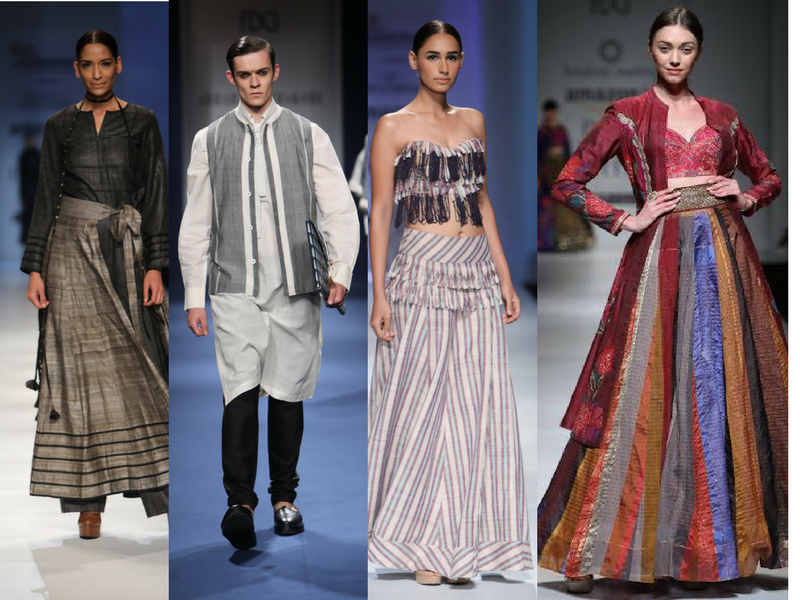Streetwear has become a mainstream fashion style, with celebrities, high-end designers and even corporate brands cashing in on this once niche subculture. But how did streetwear, initially a symbol of rebellion and individuality, make its way from the fringes to the mainstream? Here’s a brief history of streetwear’s evolution.
Origins of Streetwear
Streetwear emerged in the late 1970s and early 1980s in urban American cities like New York and Los Angeles as a response to the punk and hip-hop music scenes. The early streetwear brands like Stüssy and Supreme were small, independent labels that produced graphic t-shirts, hoodies, and caps for young people who wanted to show off their individuality and non-conformity.
Influence of Skateboarding Culture
Streetwear gained widespread popularity in the 1990s, thanks to the influence of the skateboarding subculture. Brands like Vans and Thrasher became popular among skaters, who embraced the laid-back and comfortable style of streetwear fashion. Skatewear became a major part of streetwear, with skate brands collaborating with music artists and fashion designers, blurring the lines between subcultures.
Hip-Hop and Streetwear Connection
Hip-hop music also played an influential role in the evolution of streetwear. Hip-hop artists like Run-DMC and LL Cool J embraced the streetwear style, wearing oversized tracksuits, bucket hats, and sportswear brands such as Adidas and Nike. Fashion designers like Tommy Hilfiger and Ralph Lauren started designing streetwear-influenced clothes, consolidating the connection between hip-hop and fashion.
Luxury Brands and Streetwear
Another factor that contributed to the mainstreaming of streetwear was the infiltration of high-end luxury brands like Gucci, Louis Vuitton and Balenciaga into the streetwear market. These brands began collaborating with streetwear labels, resulting in a new blend of high-end fashion and streetwear. Streetwear also became a way for luxury brands to target younger, millennial consumers who prefer a more casual and comfortable style.
The Future of Streetwear
Streetwear has come a long way from its punk and hip-hop origins to become a global fashion phenomenon. However, with its increasing popularity and mainstream acceptance, some argue that it has lost its rebellious spirit and individualism. However, streetwear continues to adapt and grow, and its future is still bright.
Streetwear’s journey from subculture to mainstream is a reflection of the changing attitudes towards fashion in our society. Streetwear has been shaped by various subcultures and merged with the world of high-end fashion to become a global phenomenon. The future of streetwear will likely continue to evolve as new subcultures emerge and as fashion preferences change, but its roots in urban culture will always remain the foundation of this popular fashion style.
Related posts
Recent Posts
Advertisement




